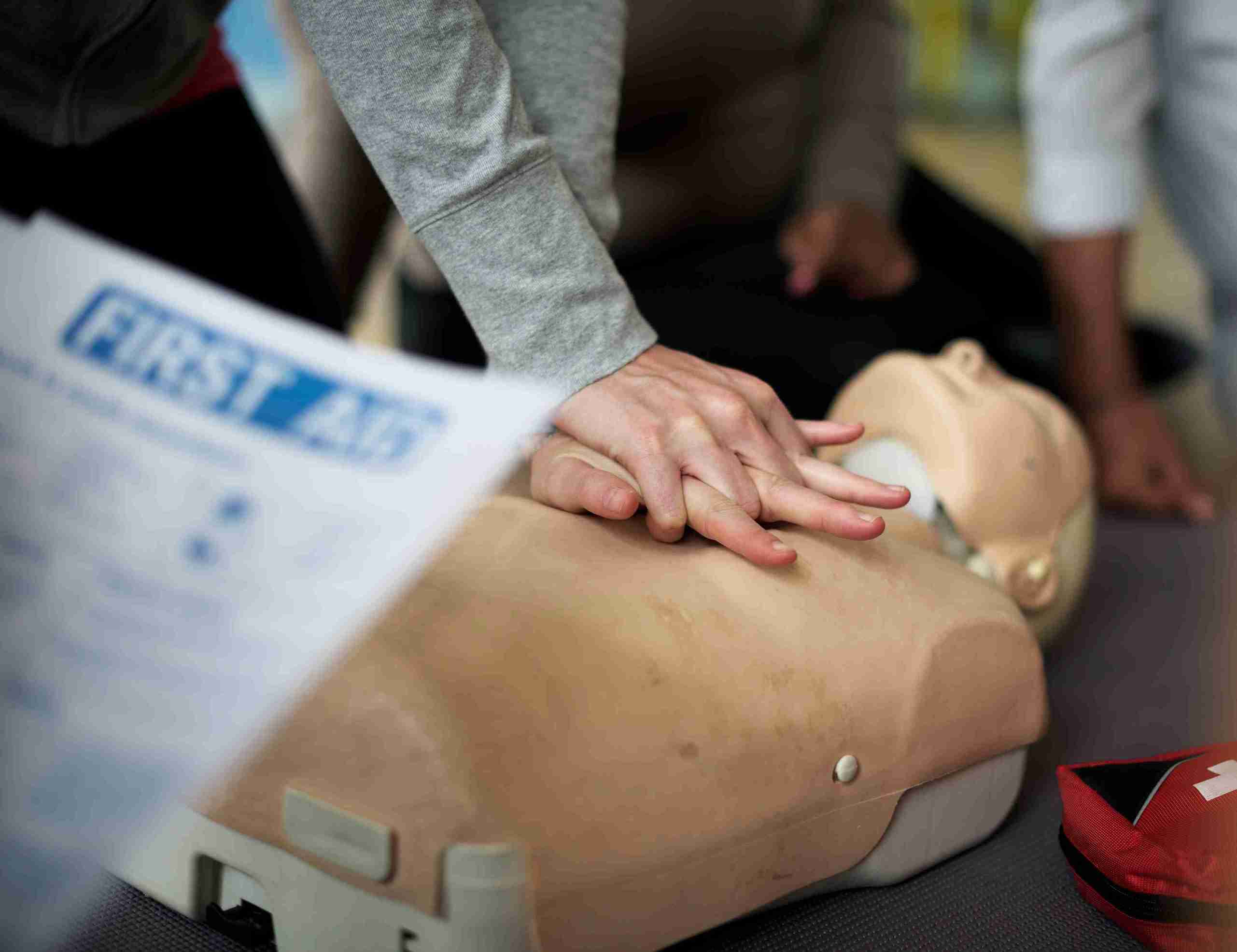The Importance of BLS Training: How You Can Make a Difference in Critical Moments

Basic Life Support (BLS) training equips individuals with essential skills to act swiftly and effectively in life-threatening situations. For healthcare professionals, teachers, caregivers, and even the general public, BLS training can be a vital skill that empowers individuals to save lives during cardiac emergencies, respiratory distress, or choking incidents. Knowing how to perform chest compressions, administer rescue breaths, and use an Automated External Defibrillator (AED) could make all the difference for someone in critical need.
Why BLS Training Matters
-
Quick Response Saves Lives
- During medical emergencies, response time is crucial. Every second counts, particularly in cases of cardiac arrest, where immediate intervention can double or even triple a victim’s chances of survival. BLS training provides the skills and confidence needed to perform effective chest compressions and rescue breaths until professional medical help arrives.
-
Empowerment to Act in Crisis
- Many people hesitate to respond during emergencies, fearing they may do more harm than good. BLS training eliminates this uncertainty, empowering individuals to act confidently. Training provides a solid understanding of how to respond and instills a sense of responsibility to help when others are in critical need.
-
Reduces the Impact of Oxygen Deprivation
- In cases of cardiac arrest, every minute without oxygen-rich blood flowing to the brain increases the risk of permanent damage. BLS-trained individuals are equipped to keep oxygen circulating by performing CPR, significantly reducing the risk of brain damage for the victim and increasing their chances of recovery.
-
Creates a Safer Community
- Widespread BLS knowledge makes communities safer. In workplaces, schools, and other public spaces, having people trained in BLS can create an environment where people feel secure, knowing that those around them can provide life-saving support if needed.
Key Skills Learned in BLS Training
-
Cardiopulmonary Resuscitation (CPR)
- CPR is the cornerstone of BLS training. BLS-certified individuals learn proper chest compression techniques and the right rate and depth for effective compressions, as well as how to combine compressions with rescue breaths to maintain blood flow and oxygenation.
-
Use of an Automated External Defibrillator (AED)
- AEDs are commonly found in public places, but not everyone feels comfortable using them. BLS training teaches individuals how to operate an AED, ensuring that they can restore a heart’s rhythm if it stops. AED use in the first few minutes of cardiac arrest can be life-saving.
-
Choking Relief Techniques
- BLS training also covers how to assist someone who is choking, from abdominal thrusts for conscious choking victims to techniques for unconscious individuals. These skills are valuable in a variety of settings, such as restaurants, homes, and workplaces.
-
Assessment of Emergency Situations
- An important part of BLS training is learning how to assess a scene and prioritize actions. Trainees learn to check responsiveness, call for help, and ensure the safety of themselves and others before providing aid.
How BLS Training Benefits Healthcare and Beyond
-
Healthcare Professionals: Nurses, doctors, and emergency responders frequently encounter critical moments that require immediate action. BLS skills are often required as a foundation in healthcare training, but periodic recertification ensures proficiency in these essential skills.
-
Caregivers and Educators: Individuals working with vulnerable groups, such as the elderly, children, or people with disabilities, benefit greatly from BLS training. For caregivers and teachers, knowing BLS means being prepared to respond effectively in emergencies.
-
Corporate and Workplace Settings: Many companies are now prioritizing workplace safety by providing BLS training for employees. Having BLS-trained employees not only enhances workplace safety but also supports a company culture that values the health and well-being of its people.
The Lasting Impact of BLS Training
BLS training doesn’t just prepare individuals to handle emergencies; it creates a ripple effect of preparedness and safety awareness across communities. By learning and maintaining these life-saving skills, BLS-trained individuals contribute to a safer world where more people are ready to step in and help when it matters most.
Basic Life Support training is invaluable for anyone who wants to make a positive difference in critical moments. It gives people the tools, knowledge, and confidence to respond to emergencies effectively, whether at home, at work, or in the community. By learning BLS, you aren’t just gaining a skill—you’re empowering yourself to save lives, protect health, and build a safer environment for everyone.
